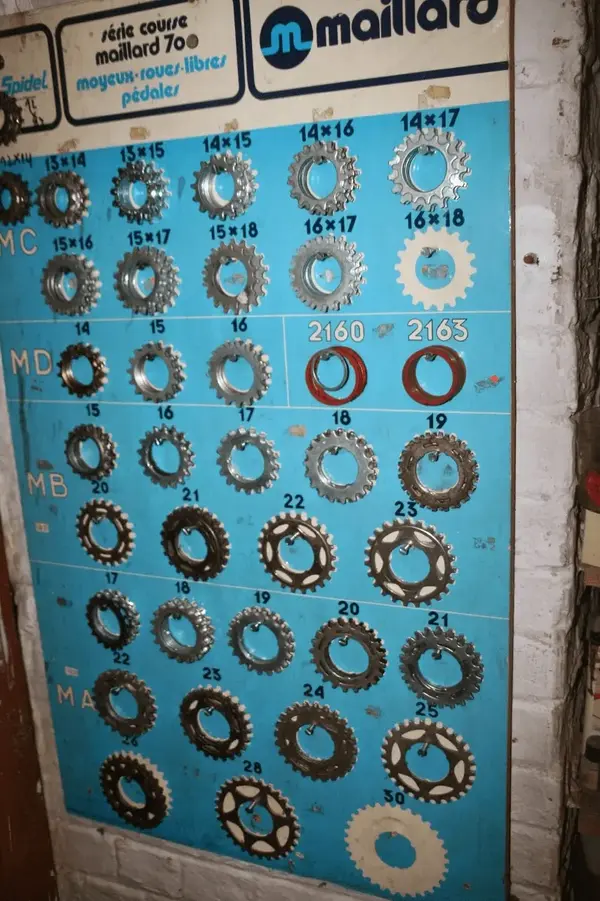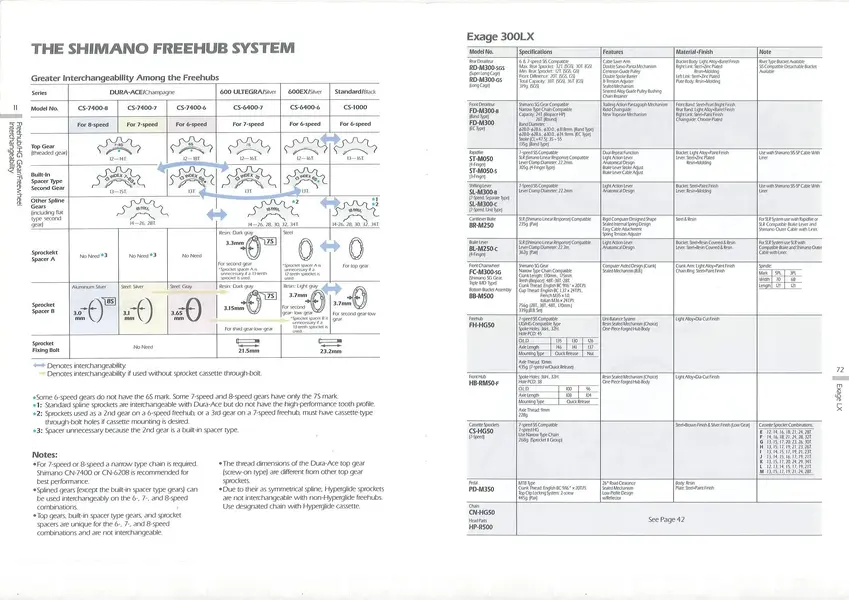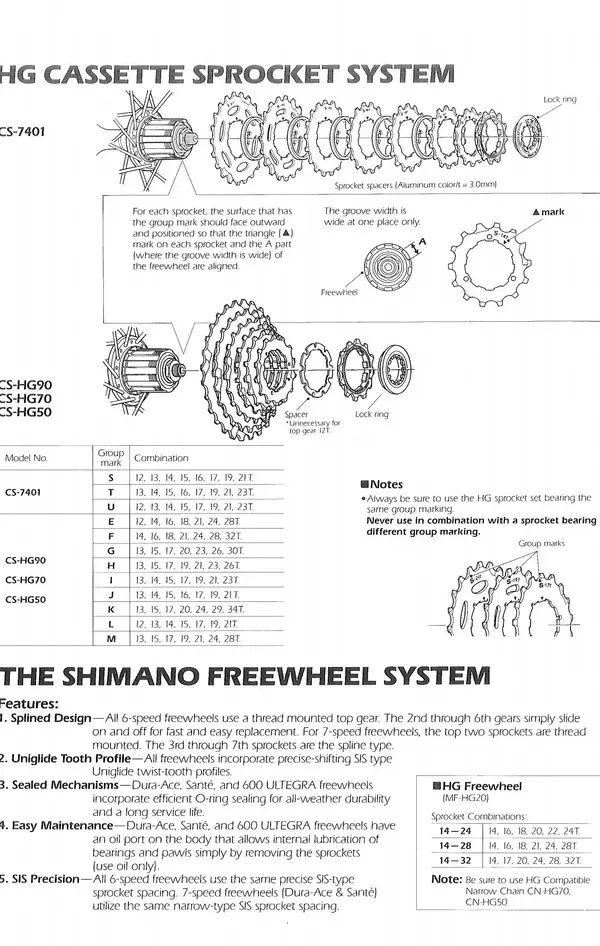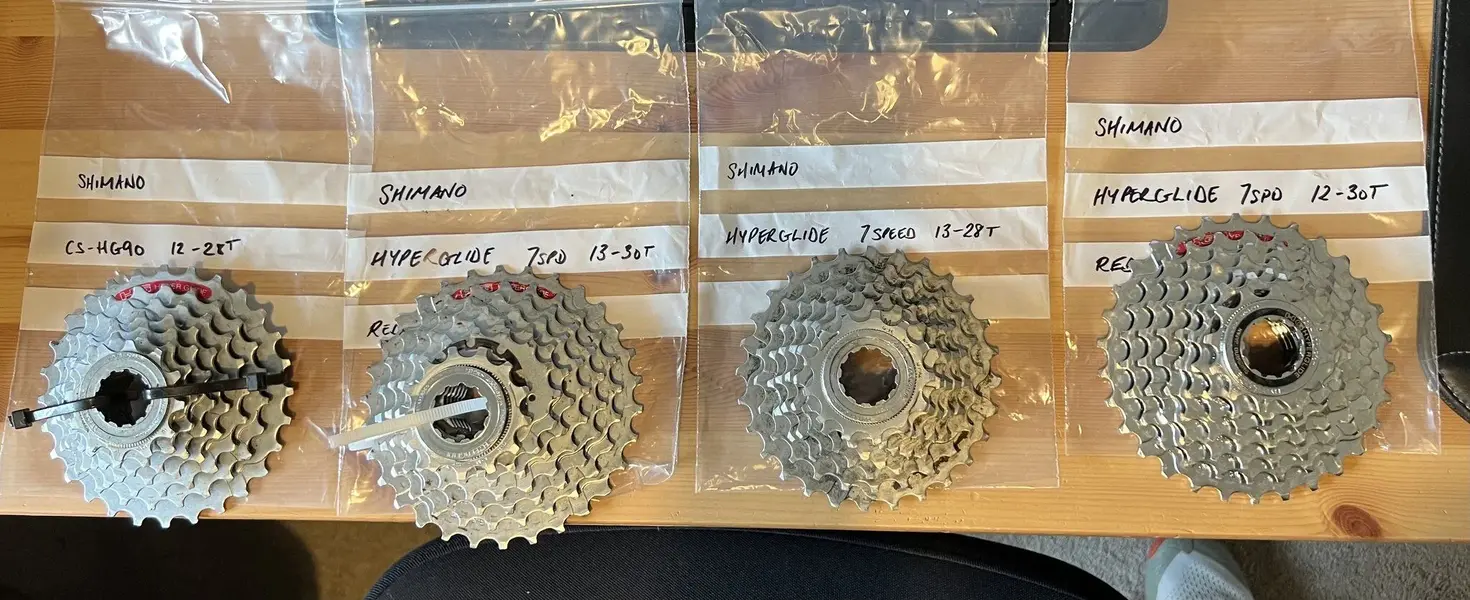Is it not also true that the ramping etc is different if the jump is 1, 2 or 3 etc cogs difference......i was told that by a rep years ago, but ive never paid close attention as i rarely swap out cogs in a cassette.?
It's true - but that comes under the banner of tooth profile and position for me.
Basically, a low end cassette will have fewer "gates and ramps" to allow the chain to displace smoothly when the gear change happens over one revolution of the cassette. Hence a more "clunky" change. Without looking in my cassette box, I think HG40 or lower is only 3 gates when you get in the largest sprockets.
The higher end cassettes will have more "gates and ramps" giving the impression the gear change is quick, smooth and precise because the are more opportunities for the chain to derail over one revolution. There are four gates with HG50 road if I recall correctly. The other thing which Shimano have done on higher end cassettes is improve the ability to make say a three sprocket downshift in one go (provided of course the shifter can do it, XT level if memory serves me right).
The above is one of the main reasons why you can't mix sprockets (successfully) between model types.
I routinely split cassettes; saves weight dumping the rivet, makes cleaning easier and checking teeth wear against a new sprocket. I won't even bother looking for 7 speed cassettes, just get an 8 speed and leave of either the largest or smallest sprocket and change the spacers.
In several cases I have made my own cassette combinations, but to be honest it's getting a bit pointless since discovering SRAM offers better thought out combinations.



